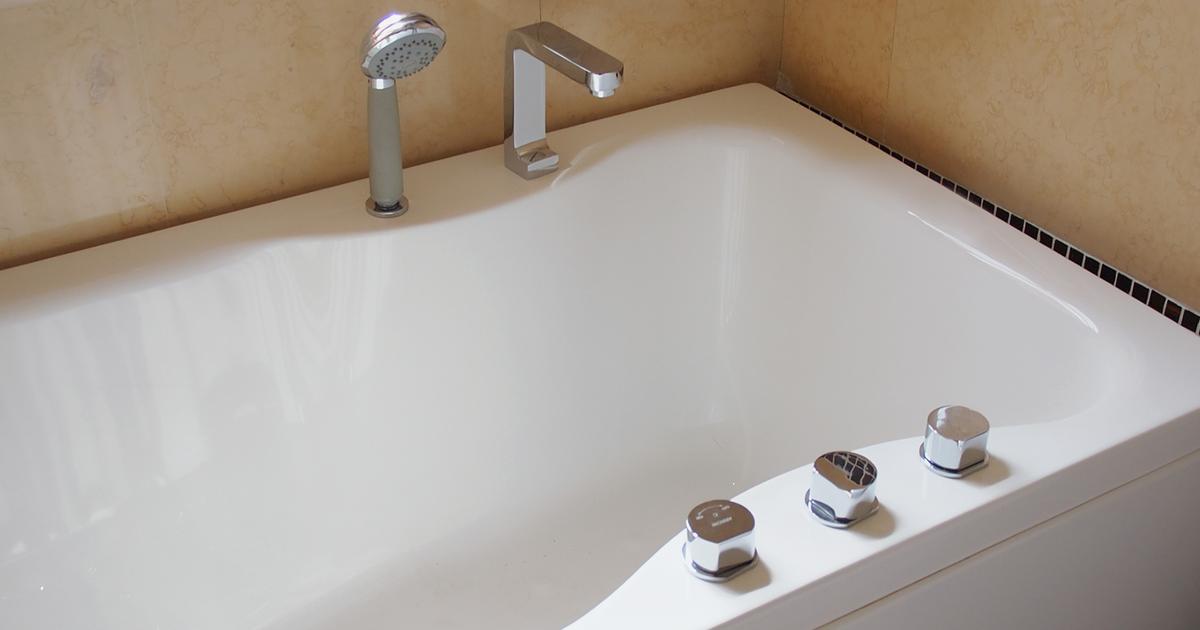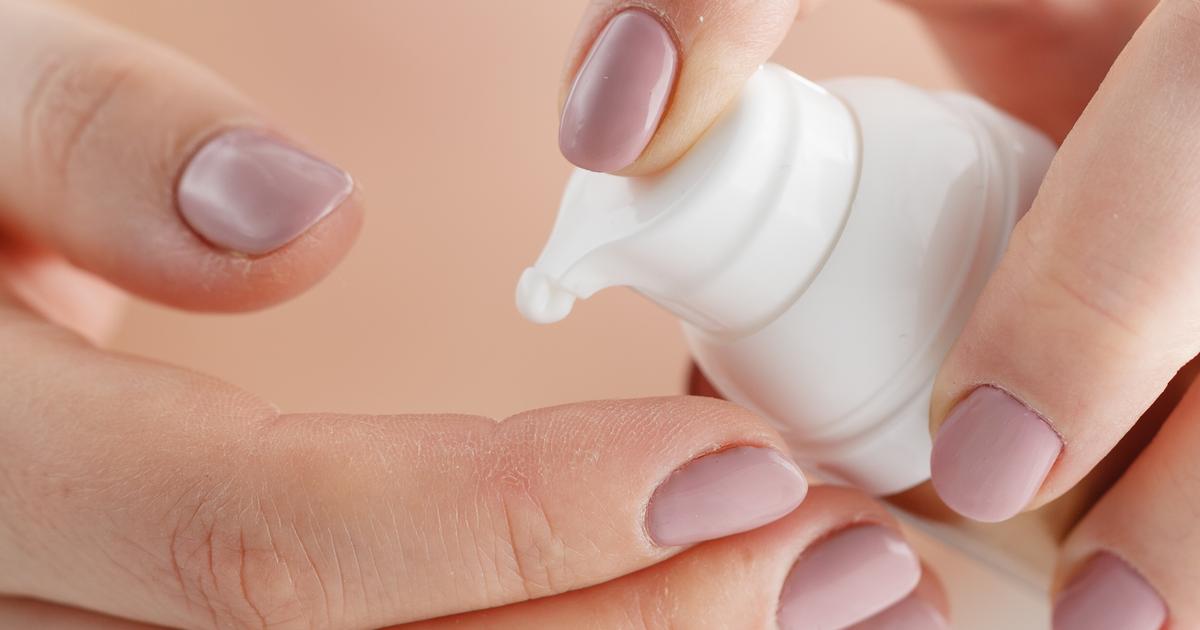What Is A Sitz Bath?
A sitz bath involves sitting in specially prepared bathwater up to the hips. This type of bath is used to promote wound healing after surgery on the lower half of the body, and it is also beneficial in relief from pain and discomfort due to infections or medical conditions. If the patient is unable to sit in the bathtub, a sitz bath can be taken using a large basin or an assistive device that fits onto the toilet. Vinegar, baking soda, and salt could sometimes be added to the water used for a sitz bath to help patients with certain conditions, though plain water is often used as well. The temperature of a sitz bath can be either warm or cool, and some patients might choose to alternate between warm and cool water.
The uses, methods, and precautions associated with sitz baths are discussed below.
When A Sitz Bath Is Used

Sitz baths are particularly effective in soothing discomfort from conditions that affect the genital area. For example, the baths are often used for individuals coping with hemorrhoids, yeast infections, anal fissures, and genital herpes. Patients may use sitz baths to ease chronic constipation and prostatitis, and pediatricians typically recommend these baths for children with perineal chafing or rashes. Sitz baths might help reduce irritation associated with bladder infections, and doctors may suggest these for patients who have had an episiotomy or rectal surgery. Sitz baths gently clean the affected region, and they can be especially useful in cleaning areas that are too painful to touch. The baths promote healing by increasing blood flow to the region as well.
Learn about how to take a sitz bath next.
Taking A Sitz Bath

Depending on the patient's overall health and the condition to be treated, it may be easiest to take a sitz bath in the bathtub. Patients with mobility issues or significant pain might prefer to use a device that attaches to the toilet for taking a sitz bath; these can be purchased at drugstores. Alternatively, a plastic basin can be used. It is important to have a bathtub thermometer available to check the water temperature before beginning the bath. Ideally, the temperature for a warm water bath should be between ninety-four to ninety-eight degrees Fahrenheit. Patients should sit in the sitz bath for fifteen to twenty minutes, and the water temperature should be checked several times during the bath. It might be necessary to add more water to keep the bath at the correct temperature. When a bathtub is used for the sitz bath, patients should use mats in the bathtub to prevent slipping, and grab bars might need to be installed before the bath to help the patient safely enter and exit the tub. Mats should be placed outside of the bathtub to prevent slips as well, and patients should have clean clothes available to change into after the bath. In all cases, a sitz bath should only be used when someone else is available at home to assist the patient if needed. The heat from the bathwater might cause some patients to feel weak and lightheaded. If this occurs, the patient should call for help to get out of the bathtub, as trying to stand and exit the bathtub alone could result in a fall.
Get the details on how to make a sitz bath next.
How To Make A Sitz Bath

Homemade sitz baths allow the patient to add ingredients to the bathwater that may be soothing for their specific condition. For example, patients with hemorrhoids often find adding Epsom salt to a sitz bath is beneficial, though some might prefer to add sea salt. Both types of salt are rich in minerals that could promote healing. Most homemade sitz bath recipes suggest using one-quarter to one-third of a cup of either of these salts. Tea tree oil (a natural antiseptic) and frankincense (an anti-inflammatory) are both popular choices, and many individuals report the pain-relieving properties of lavender oil make it an ideal addition to a sitz bath. When using any of these essential oils, it is ideal to start with eight to ten drops of each type of oil. Witch hazel (a natural astringent) may be worth considering, and baking soda is recommended for the treatment of yeast infections and the relief of vaginal irritation or itching. Most recipes suggest using two tablespoons of witch hazel. Before adding any ingredients to the bathwater, patients should check with their healthcare provider to ensure the ingredients are safe for their needs.
Continue reading to uncover the potential risks of a sitz bath next.
Potential Risks

Sitz baths are generally considered to have a very low risk of side effects. The most common side effects associated with sitz baths include dizziness, lightheadedness, heart palpitations, and falls. These effects are not related to the baths or bathwater ingredients themselves; rather, they are due to the blood vessel dilation that naturally occurs after spending time in warm water. Patients using sitz baths shortly after surgery or childbirth may be at an increased risk for these side effects, thus, someone else must be always nearby when a sitz bath is being used. To minimize the risk of falls and dizziness, patients might want to start by taking a sitz bath in a basin or with a toilet seat attachment instead of doing so in a bathtub. It is typically easier to stand up from a toilet seat than it is to get out of a bathtub. Patients who notice persistent heart palpitations or dizziness after a sitz bath should have these symptoms investigated. Increasing pain, redness, or swelling at the treatment site should also be mentioned to a physician.
Discover tips for sitz bath aftercare next.
Aftercare

After taking a sitz bath, patients should let the treated area air dry if possible. Some individuals may prefer to gently pat the area dry with a clean towel. If open sores or painful areas are present, drying the area with a thin cloth might be less painful than using a thick towel. The application of moisturizer after the sitz bath is not usually necessary, and moisturizers should not be applied to the area if an infection is present. Instead, doctors recommend applying any prescribed medicated ointments during the time immediately after the sitz bath to help increase absorption. For example, medicated creams for hemorrhoids, rashes, or anal fissures can all be applied immediately after the sitz bath. The patient should wash their hands after applying the ointment, and changing into clean clothes is recommended. If a portable sitz bath has been used, it should be washed by hand in hot, soapy water; a dishwasher should not be used.